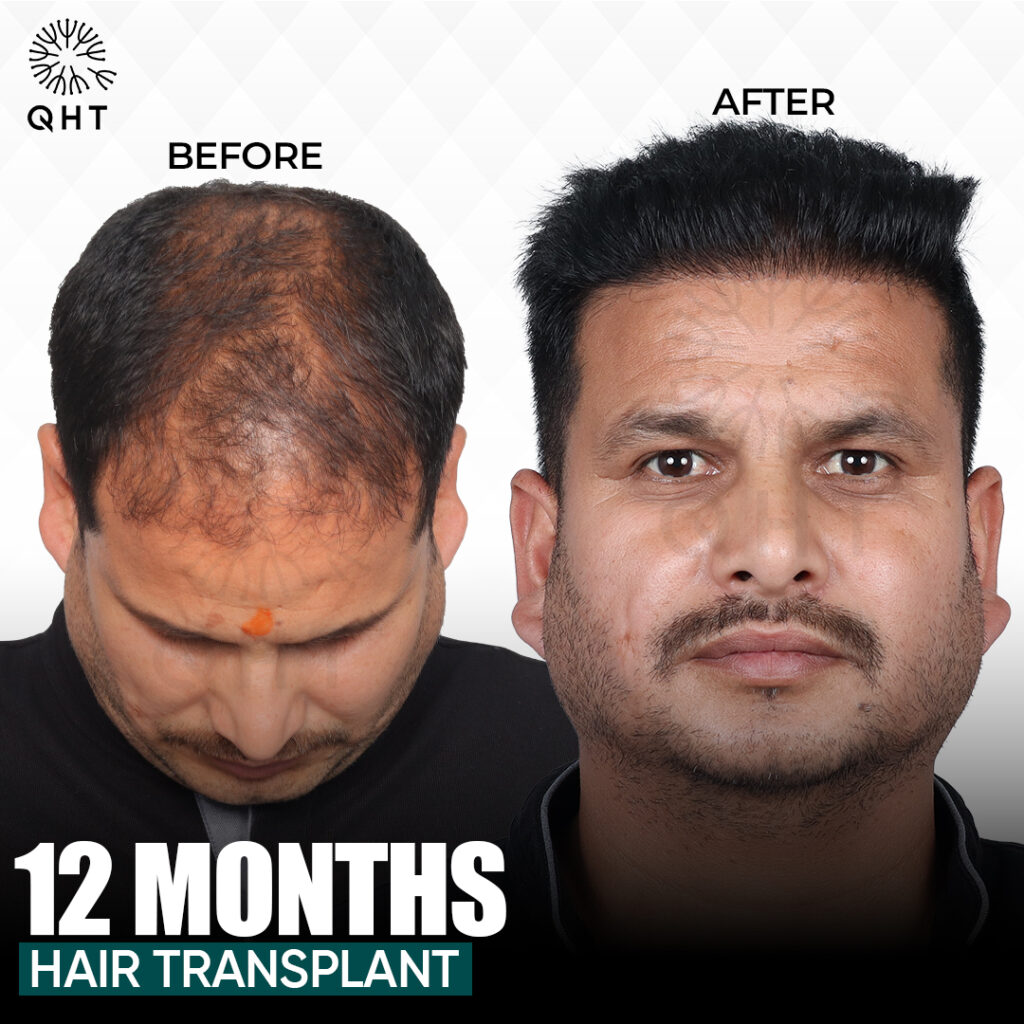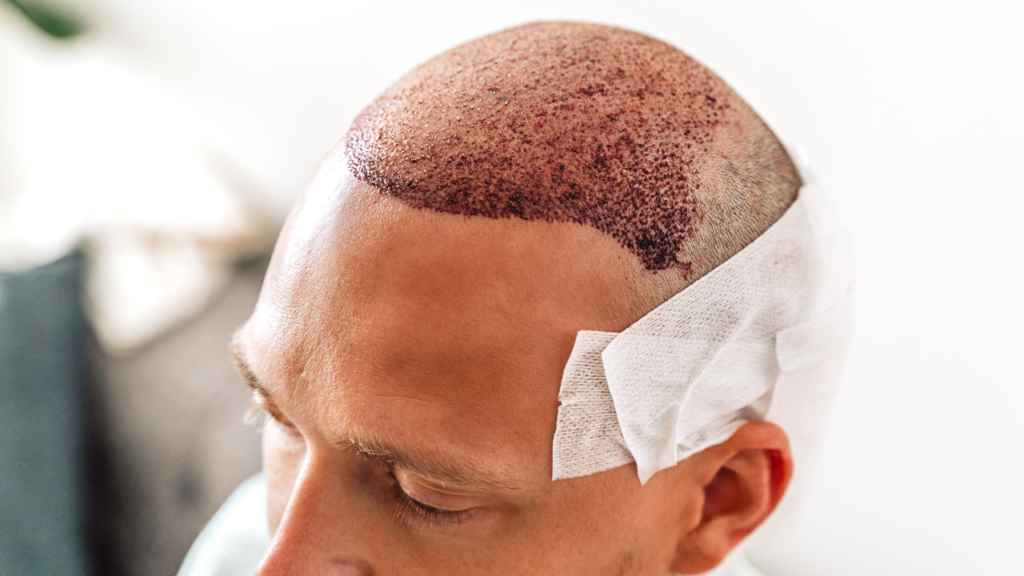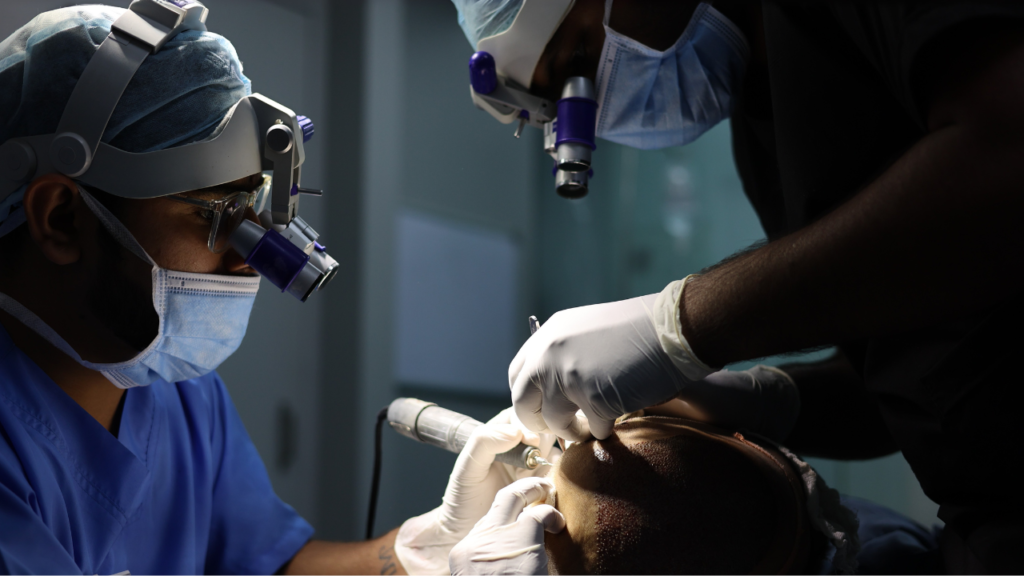Receding hairline can start to develop in at any point of time irrespective of your age. Though hair loss can be stressful and upsetting, you need not worry about it as it’s a common phenomenon in almost everyone’s lives. Once the hair line starts to recede the forehead also starts to become prominent. Let us explore the different stages of a receding hairline, it’s causes, and the treatment options suggested by the experts available to restore it.
Receding hairline
If you are observing the thinning of hair line or the formation of a deeper “M-shaped” hair pattern, it can be distressing. Need not worry much about it as it’s not permanent and the signs of receding hair line are reversible. Of the many treatment options available, doctors would suggest you with the right solutions to slowly stop and reverse the hairline recession process.

Causes a Receding hairline
A variety of reasons can cause hair loss and it could lead to different conditions such as the receding hair line, thinning out of hair and bald patches. Androgenic alopecia is one of the main causes of receding hair line, mainly in the males.
Some of the other factors which cause receding hairline include:
· Genetics– Most of the cases of receding hair line in both males & females is usually hereditary.
· Hormones– DHT (Dihydrotestosterone) is a male hormone which shrinks the hair follicles.
· Stress- Severe stress due to work, family, or other environments around you can cause hair fall.
· Poor dietary habits– Having a diet that is deficit with essential nutrients can weaken the hair structure and hamper the hair growth.
· Underlying chronic conditions– Having thyroid, autoimmune diseases or any other scalp conditions.
· Wrong hair styling– Excessive heating products while styling hair, tight pony tails, and harsh chemicals will cause traction alopecia and lead to hair fall.
· Medication– Use of drugs such as chemotherapy, anticoagulants, antidepressants etc will also lead to loss of hair, which eventually lead to a receding hair line.
· Life style habits– Some of them such as smoking and alcohol can also lead to severe hair fall.
· Environmental factors– Exposure to toxic chemicals or pollutants and higher UV radiations can lead to receding hair line or severe hair loss.
· Wearing of a tight cap or helmet– If you are frequently using a tight fitting cap or helmet, it puts a pressure on your hair follicles and leads to hair loss and gradually to a receding hair line.
Signs of a Receding hair line
Identifying the signs of a receding hair line in the early stages can help you take some measures to solve this problem. Some of the common signs include:
· “M” shape forehead- In this type, two sides are receding, leaving behind a central point in the middle of the forehead.
· Receding temples- Formation of a “v” shape with the hair line starting to recede on both the sides.
· Widened forehead- It is one of the most prominent and earlier signs in which the hairline moves backward and the forehead starts to appear higher.
· Visible scalp- A receding hair line would make your scalp visible mainly at the front of the forehead and in the crown area.
· Uneven hairline- The hair line starts to become irregular with few areas receding more than the other one’s.
· Miniaturized hair- Hair in the crown area and the hair line starts to become thinner and smaller compared to the rest of the hair.
· Styling challenges- As the hair line starts to recede, hair styling would be a major challenge.
It is important to understand that receding hair line or hair fall is a common scenario encountered by all of us, specially when we are ageing. However, if you find that the hair fall is highly abnormal, and is increasing rapidly, you should start to consult a healthcare professional or dermatologist to understand the causes behind it and to explore the different treatment options available. As early intervention helps to provide you better treatment outcomes.

Stages of Receding hair line
Receding hair line is a progressive condition and the various stages are as follows as per the Norwood scale:
· Stage-1- A full and youthful hair line with no clear signs of recession.
· Stage-2-A slight recession in the temple area and it begins to develop into a “M” shape.
· Stage-3-The “M” shape starts to become more prominent and the temples start to recede.
· Stage-4-Hair loss in the temple and frontal areas. The scalp starts to become more visible.
· Stage-5-Bald spots in the crown and front forehead area, gradually they get attached and become larger bald patches. Regrowth of hair at this stage becomes very difficult.
If you are experiencing a significant loss of hair or is having a receding hair line, taking a consultation with the hair care experts is recommendable, to understand the different treatment options.
Treatment for Receding Hair line
The treatment options for a receding hair line depends on various factors such as the underlying cause and the severity of the hair loss. It is also important to understand that some treatments slow down and to halt down the hair loss process. The most common treatment options include:
· Medicines-
-Minoxidil- One of the most commonly prescribed drugs to promote hair growth and slow down the process of hair loss, which further leads to a receding hair line.
-Finasteride- An oral medication that stops the conversion of testosterone to Dihydrotestosterone (DHT), the hormone responsible for causing hair fall.
· PRP therapy-
PRP treatment involves the withdrawal of your own blood and the separation of the plasma. The platelet enriched plasma is injected into your scalp to allow for the hair growth. It promotes the rejuvenation and repair of the hair follicles and stimulate hair growth.
· Low-level laser therapy-
Laser therapy with laser combs helps to stimulate hair follicles and promote hair growth.
· Hair transplant surgery-
It is one of the most popular options for growing of hair in the areas of scalp with receding hair line. It includes the removal of the hair follicles from the back or sides of the scalp to the areas with thinning or receding hair line. The hair transplant surgery promotes hair regrowth.
Different types of hair transplant surgery include:
– Follicular Unit Extraction (FUE):
In this method, the surgeon will remove the hair follicles from the donor area with the help of micro-punch tools and are inserted into the recipient area with the help of micro-implanters. FUE is a minimally invasive procedure which do not leave behind any scars or pain post-transplant.
– Follicular Unit Transplantation (FUT):
During this treatment, a strip of scalp with the hair follicles are removed from the donor area and the individual hair follicles are separated to be inserted on to the recipient area. It leaves behind a plantar scar to allow post-transplant.
– Quick Hair Transplant (QHT):
In this advanced method of treatment, individual hair follicles are removed from the donor area and are transplanted to the recipient area with the help of SAVA implanters. It does not leave behind any scars. The recovery is much quicker and the treatment is also a painless procedure.
Natural ways to stop Receding hair line
Though complete stoppage of a receding hair line is not possible, some of the following methods can help you manage the ways to improve hair health and slower down the progression of hair loss.
– Healthy diet pattern rich in vitamins, minerals and proteins.
– Application of natural oils like coconut or castor oil to the scalp for nourishment and hydration.
– Avoid use of harsh chemicals, excessive heat styling, and tight hair styles, which damage the scalp, which in turn influence the hair growth.
– Avoid smoking and limit alcohol consumption.
– Avoidance of tight hair styles.
– Protection of hair from the sun.
– Reduce stress.
– Lifestyle modifications by adopting good sleep practices and by maintaining a healthy lifestyle.
– Regular monitoring of hormonal health.

Hairstyle tips for people with Receding hair lines
Opting for different types of hair styles which would minimize the receding hair line visibility and diverts the attention to the other aspects of hair. Hairstyling experts suggest the following tips while dealing with the receding hair line:
– Textured cut- A type of hair style which leaves a longer hair on the top and add volume and texture.
– Textured fringe cut- In this type, a messy, layered appearance is made to hide the receding hair line.
– Quiff- A hair style in which the front hair is moved upward and backward and the volume at the frontal head can distract the hair line.
– Side swept- Styling the hair to one side with a comb, which adds a touch of modern look distracting the receding hair line.
Results from a Receding hair line treatment
One of the main aims of treatment for a receding hair line is to transform you into a full head of hair. Hair transplant surgery is one of the best available treatment options to restore hair naturally. Recognition of the receding hair line in it’s early stages is important to treat it effectively. The receding hair line if not treated will progress rapidly, so it’s important to start the right care in the early stages mainly to reverse the symptoms and slow down the hair loss.
At QHT our experts will guide you through the holistic approach to reverse the symptoms of receding hair line.